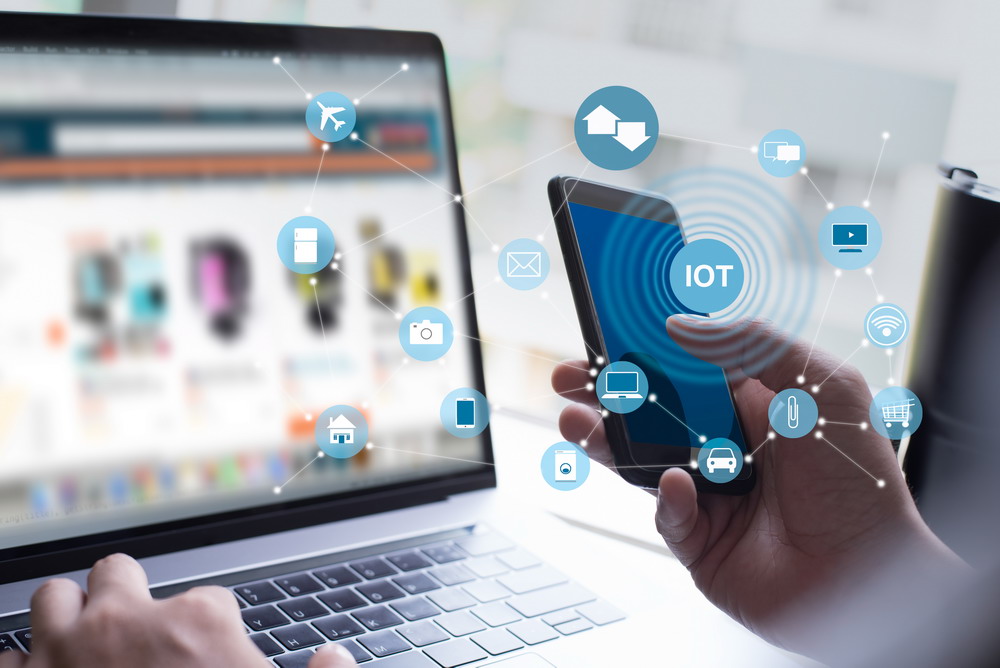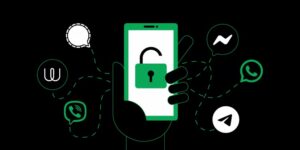The chances are pretty high that you have at least one smart device in your home – even if you do not know what it is. Likewise, there are probably multiple devices in your home purposely designed to be part of the internet of Things (IoT). Combine the two and you have unlimited potential in terms of making your home more efficient, comfortable, and safe.
Vivint Smart Home, a nationwide home automation provider, explains that home automation and the IoT are intrinsically linked. That link is so strong that the IoT will ultimately determine the future of the smart home in this country. As the IoT goes, so will smart homes.
-
More About the IoT
Understanding the IoT’s influence over smart homes begins with understanding what the IoT actually is. In its earliest iteration, the IoT was described as that global collection of devices capable of internet connectivity. Understandably, the definition has evolved alongside technology. Today’s IoT is so much more.
Our modern IoT consists of millions of devices that are not only connected, but also communicate with one another across global networks. IoT devices are equipped with sensors designed to collect vast amounts of data and transmit it to remote servers were sophisticated software crunches it.
A rudimentary example would be the tracking app built into your phone. Should your phone ever be lost or stolen, you can use your laptop to locate it. You might even be able to remotely turn on its camera in order to observe whoever has your phone. That phone is an IoT device that is constantly connected with a remote server. Between its on-board technology and the tracking app, your phone and laptop can communicate as well.
-
Resource-Hungry Technology
So, why is the smart home environment so dependent aver IoT? Because home automation technology is extremely resource hungry. It takes a tremendous amount of data and processing power to run a modern smart home with a full menu of smart devices that include:
- smart door locks
- smart thermostat and lighting
- wireless video cameras
- automated irrigation.
Maximizing the capabilities of each device requires constant monitoring. It requires constant data collection and analysis. Unfortunately,even the most powerful laptop or desktop computer can’t manage home automation as effectively as a cloud environment. Local computers just do not have adequate physical resources.
-
The IoT Needs the Cloud
The fact is that the IoT needs the cloud. Without cloud computing, its potential is drastically limited. And if the IoT is limited, so is the potential of smart home technology. As the one goes, so does the other. A robust cloud supports a pervasive IoT, which provides the underlying support for smart homes.
It should be noted that the IoT continues to evolve. As technology improves and more devices are brought on board, the IoT must expand and adapt. In some respects, home automation is pushing that expansion and adaptation further. It is almost a symbiotic relationship at this point.
-
Your Home Automation System
Assuming you have a home automation system, all the devices in that system communicate both locally and with other devices in the IoT. Constant monitoring and communication are what makes your smart thermostat’s learning capabilities possible. It is what allows you to motor video feeds from thousands of miles away.
The modern smart home relies heavily on a robust IoT. As a result, the IoT directly impacts how smart homes operate. It will ultimately determine the future of the American smart home. As long as the IoT keeps getting better, smart homes will, too.




